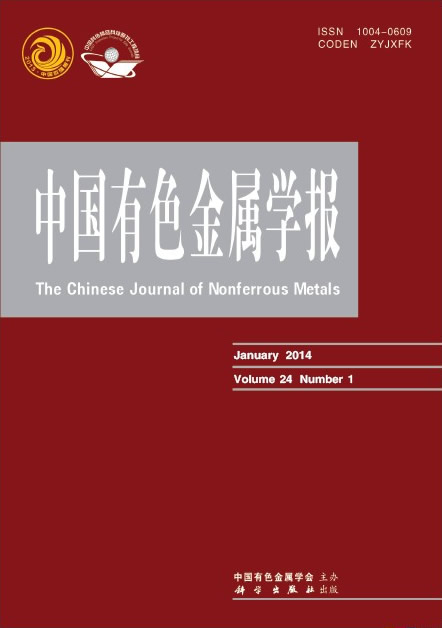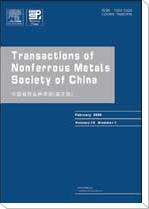中国有色金属学报(英文版)
Transactions of Nonferrous Metals Society of China
| Vol. 35 No. 9 September 2025 |
(1. State Key Laboratory of Precision Manufacturing for Extreme Service Performance, Central South University, Changsha 410083, China;
2. College of Mechanical and Electrical Engineering, Central South University, Changsha 410083, China;
3. Light Alloys Research Institute, Central South University, Changsha 410083, China;
4. Shimadzu (China) Co., Ltd., Shanghai 200233, China;
5. Electron Microscope Unit, University of New South Wales, Sydney, NSW 2052, Australia)
Abstract:The service performance of Al alloy sheets can be improved by controlling the rolling temperature. In this study, the corrosion resistance of Al-Mg-Mn-Sc alloy sheets was enhanced through cryorolling (CR). The corrosion resistance of the CR samples with 50% rolling reduction was superior to that of the room-temperature rolled (RTR) samples. After the sensitization treatment (ST), the maximum intergranular corrosion (IGC) depth for the CR samples was 35.2 μm, while it was 53.9 μm for the RTR samples. Similarly, the mass losses were 56.89 and 73.11 mg/cm2 for the CR and RTR samples after ST, respectively. In addition, the impedance modulus of the CR sample was more than twice that of the RTR sample. Superior pitting resistance can be attributed to the thicker passivation film and the Al6(Mn,Fe) phases being broken and interspersed in CR samples. Furthermore, the sub-grains, shear bands, dispersive Al3(Sc,Zr) phases, fewer high-angle grain boundaries and high-density dislocations in the CR samples impeded the continuous precipitation of the β (Al3Mg2) phase along grain boundaries while promoting its formation inside grains instead. These microscopic characteristics significantly reduced the electrical coupling effect between β phase and the Al matrix, leading to a considerable decrease in IGC occurrence.
Key words: Al-Mg-Mn-Sc alloy; cryorolling; corrosion resistance; microstructure; grain size; secondary phase


